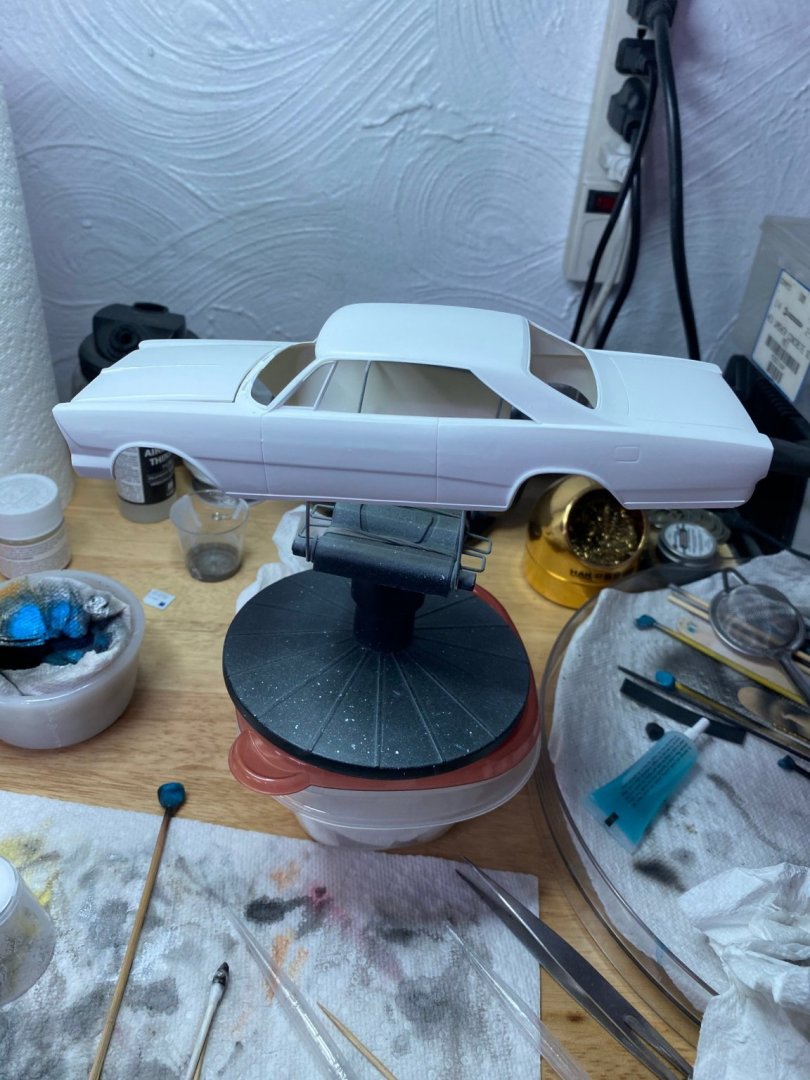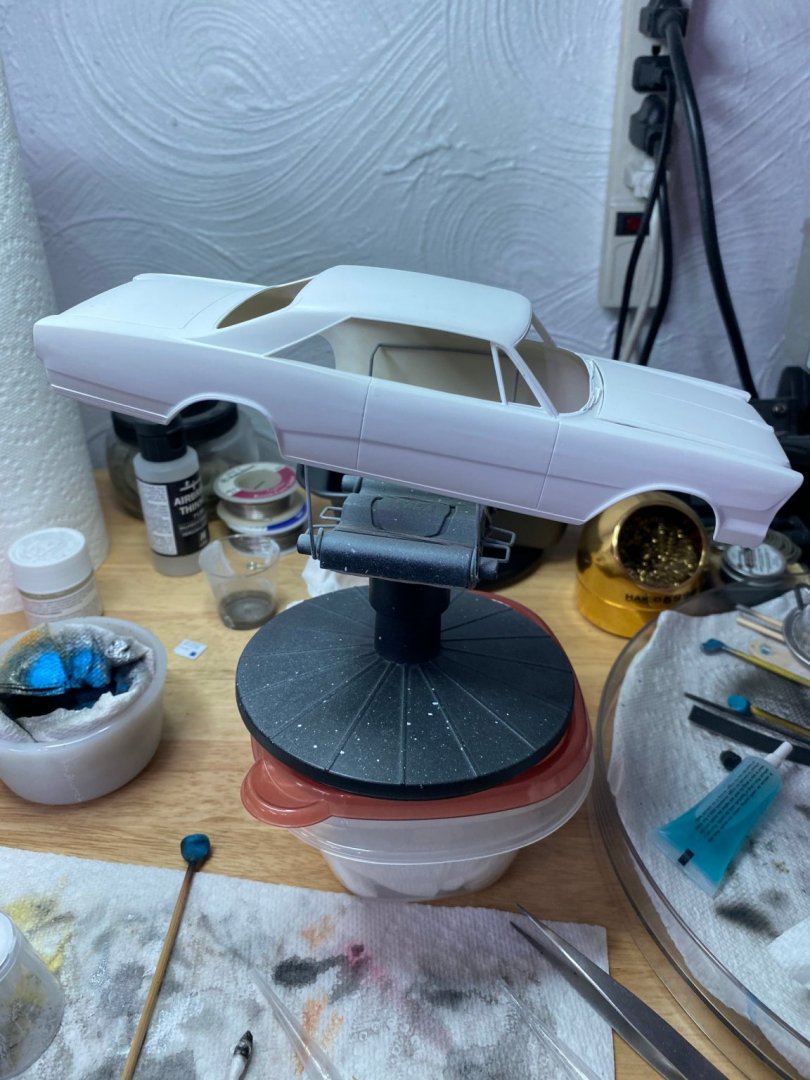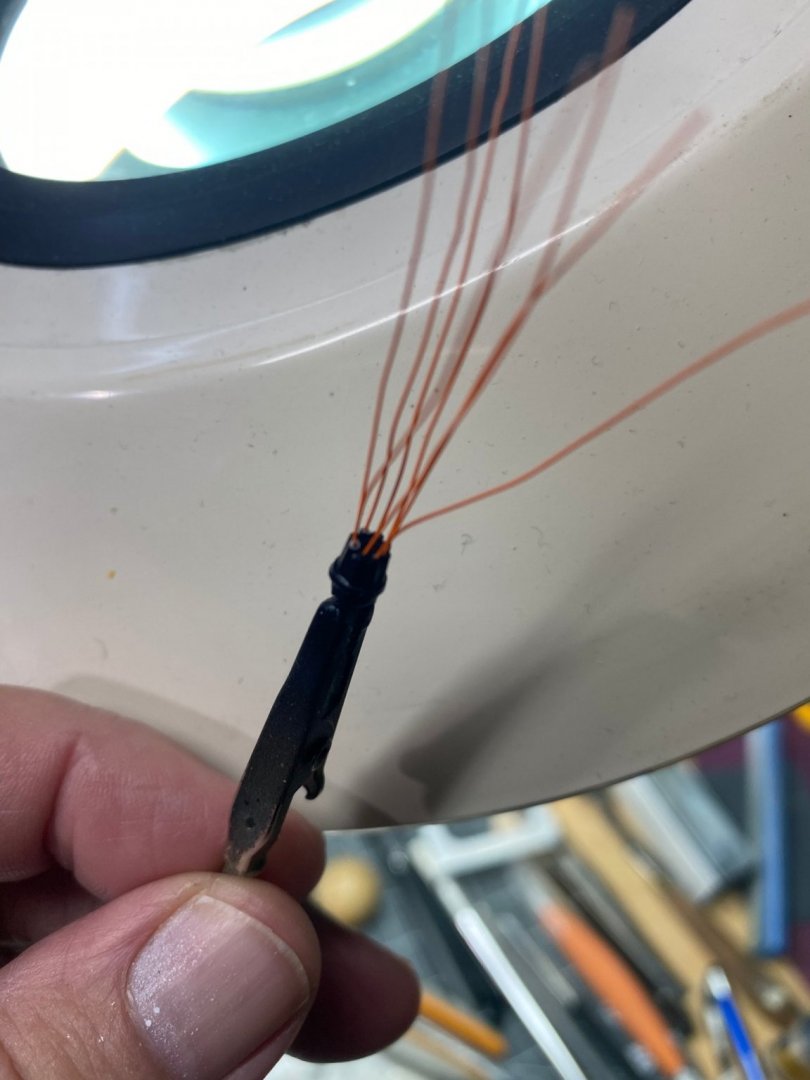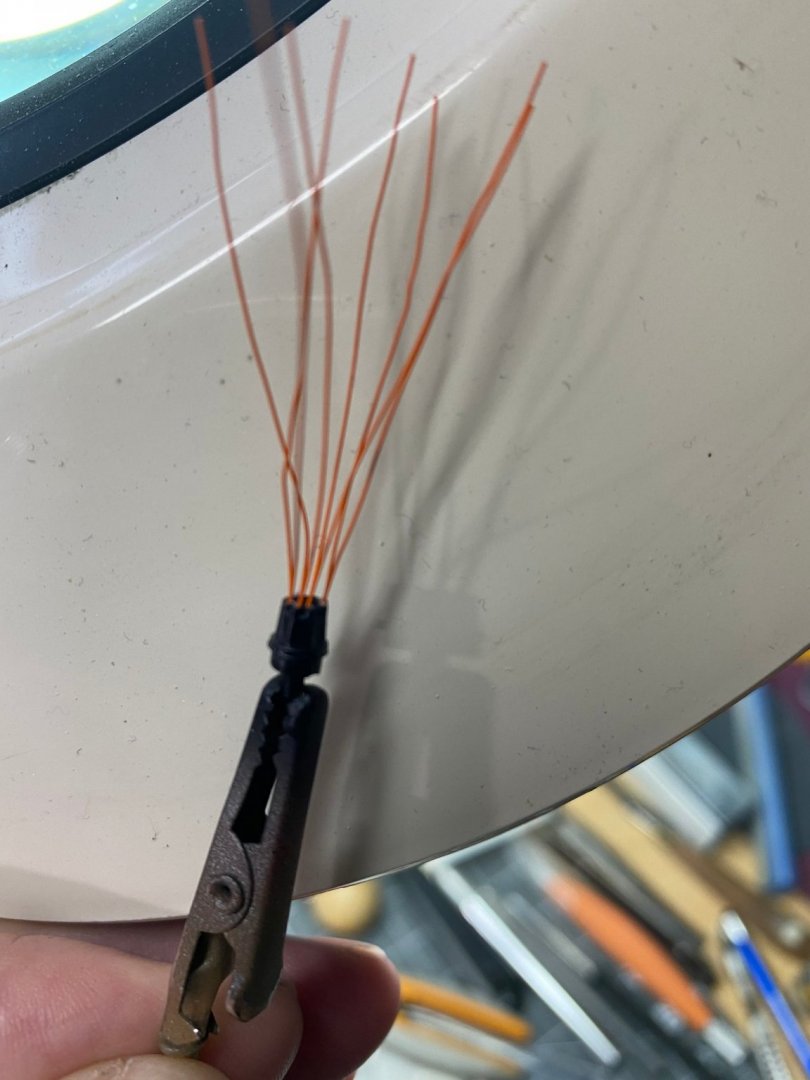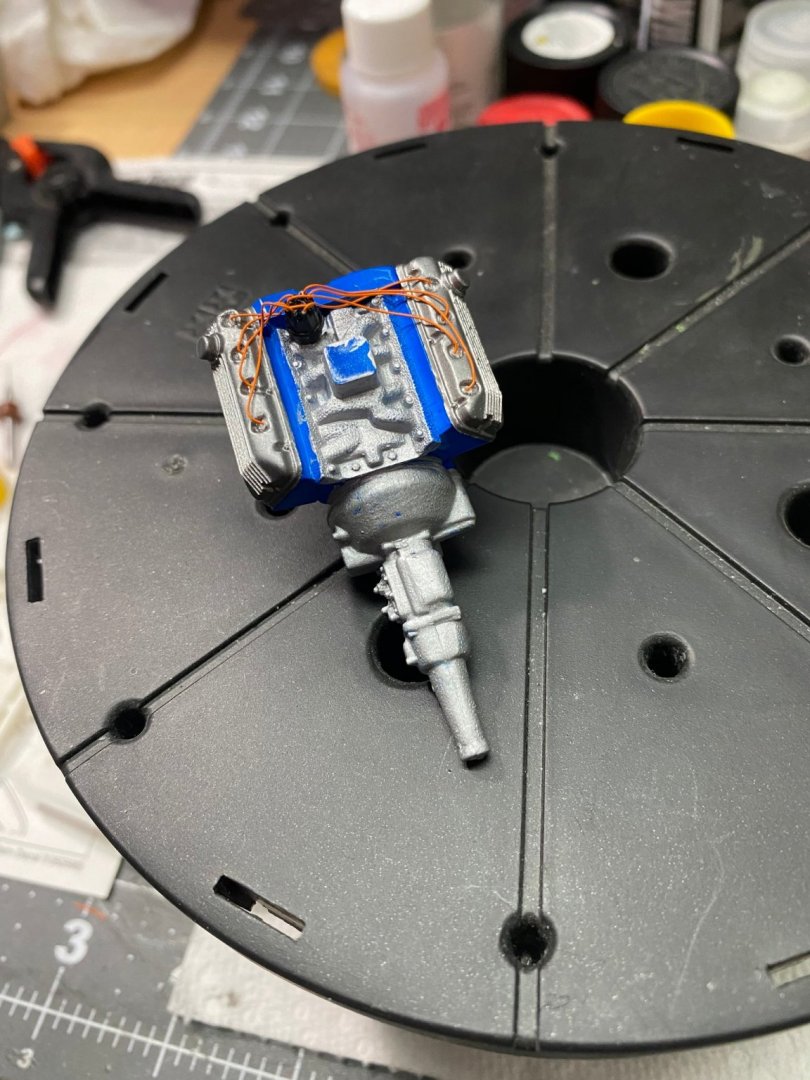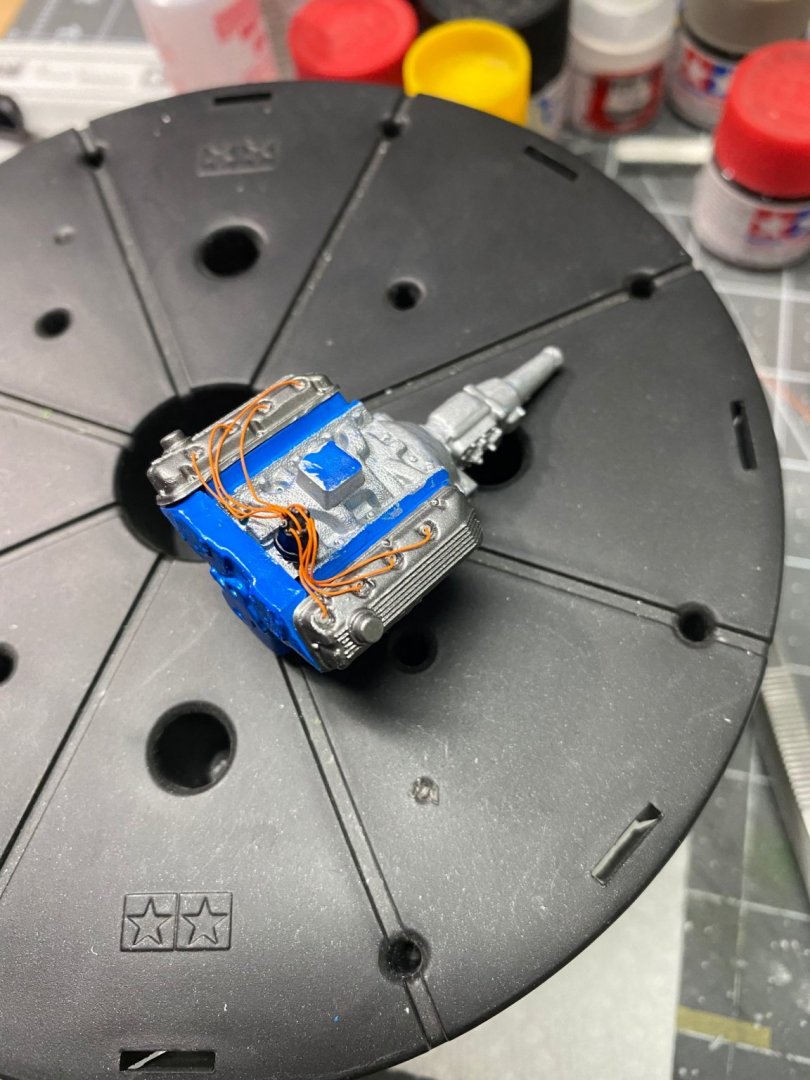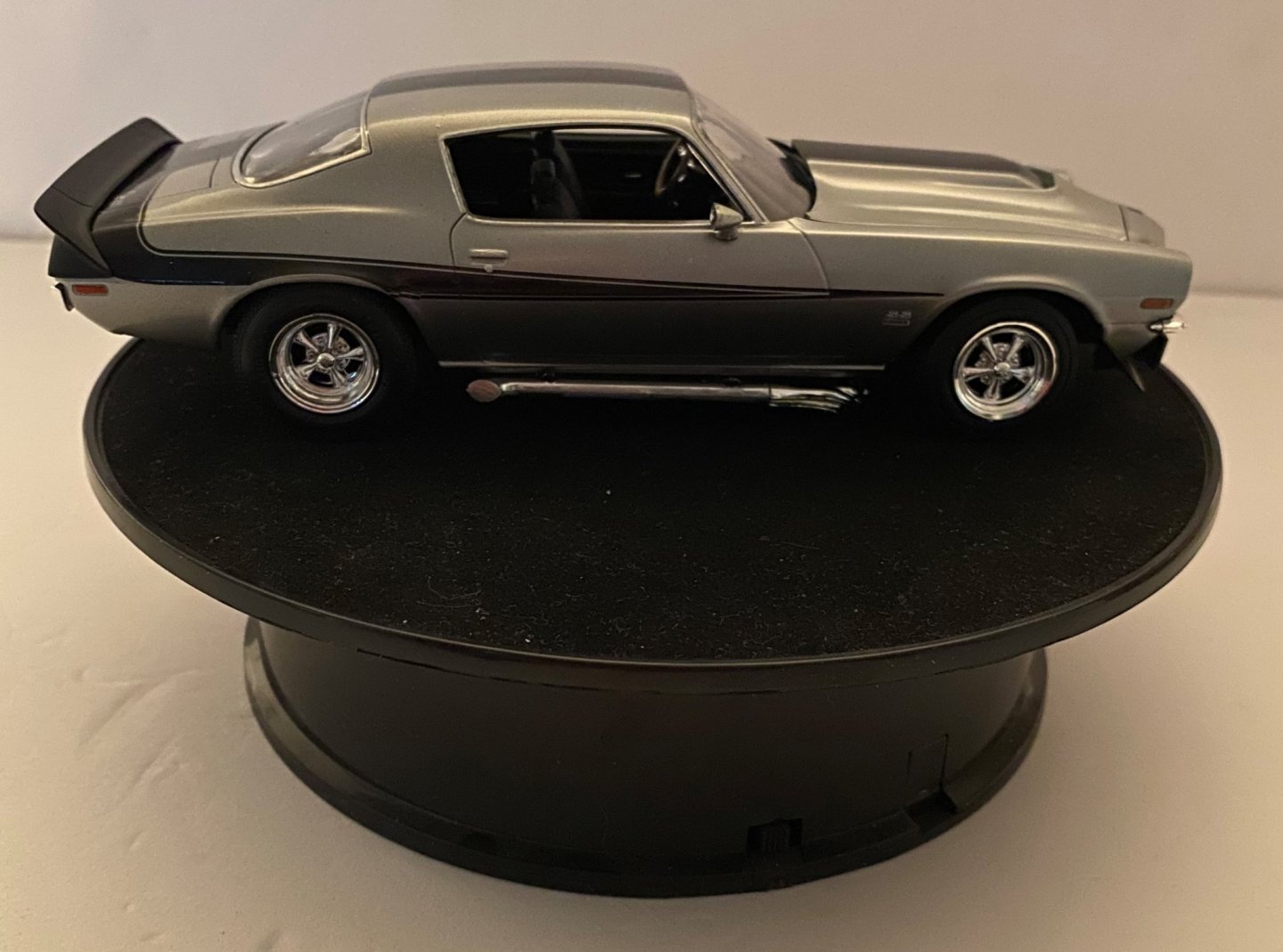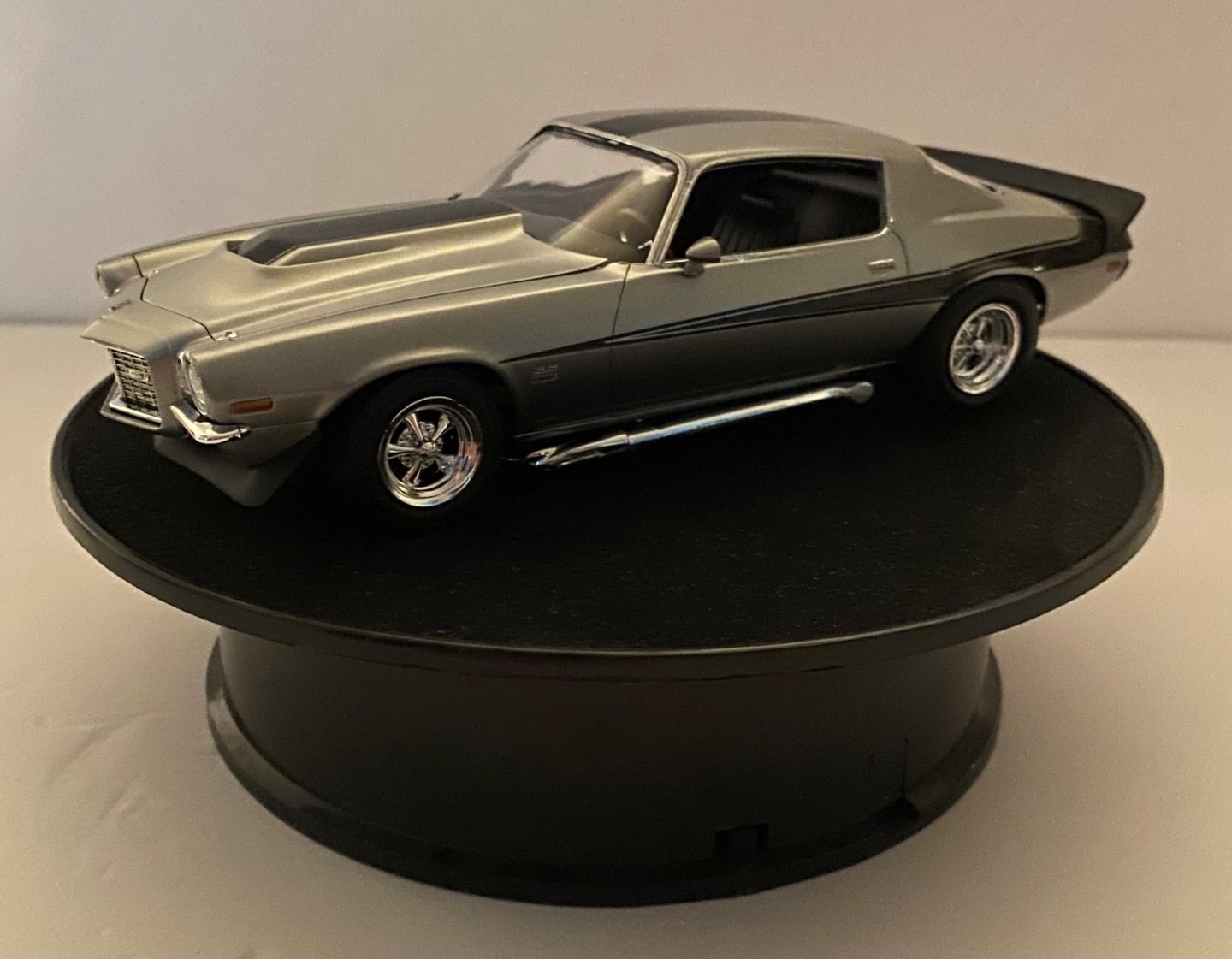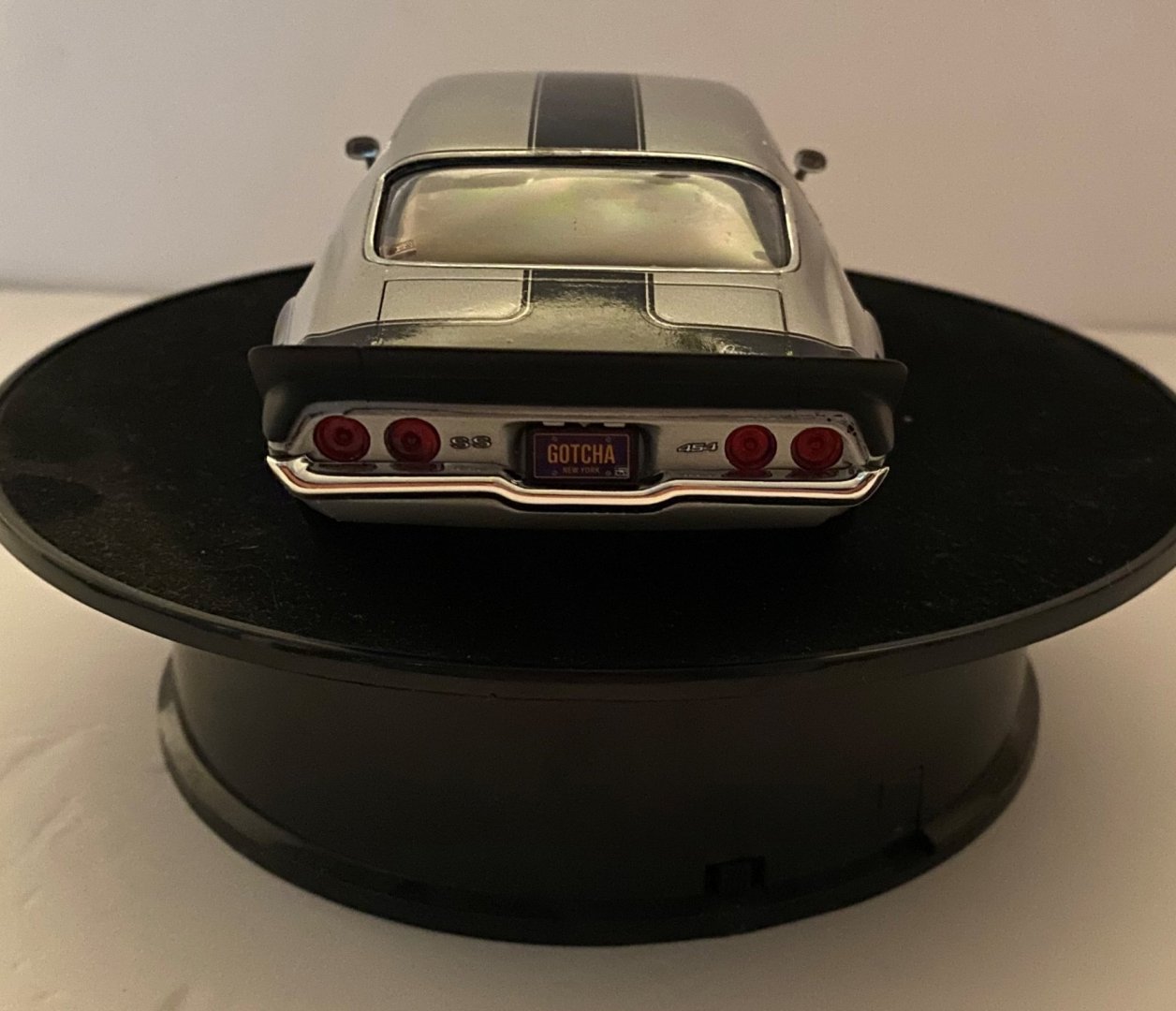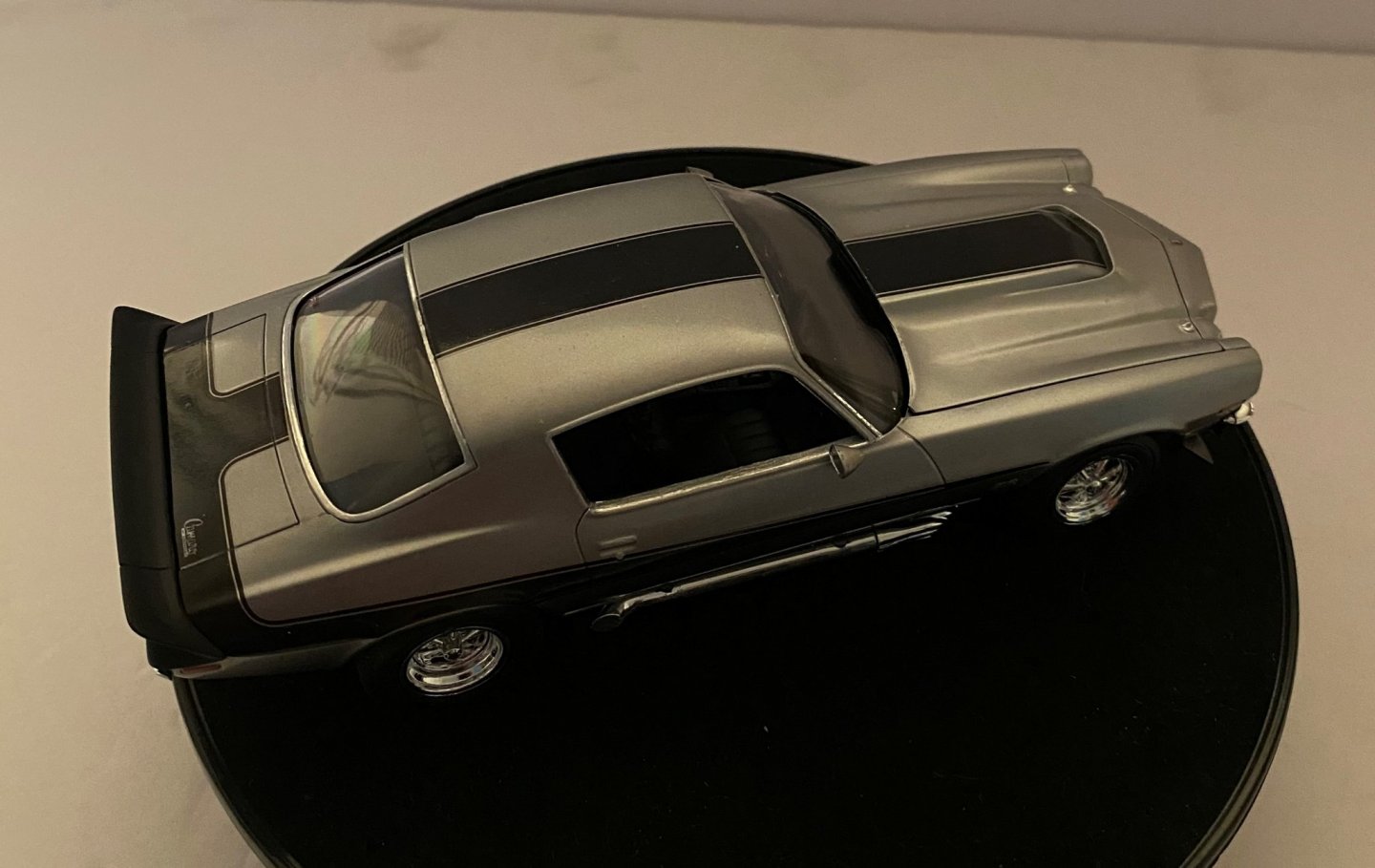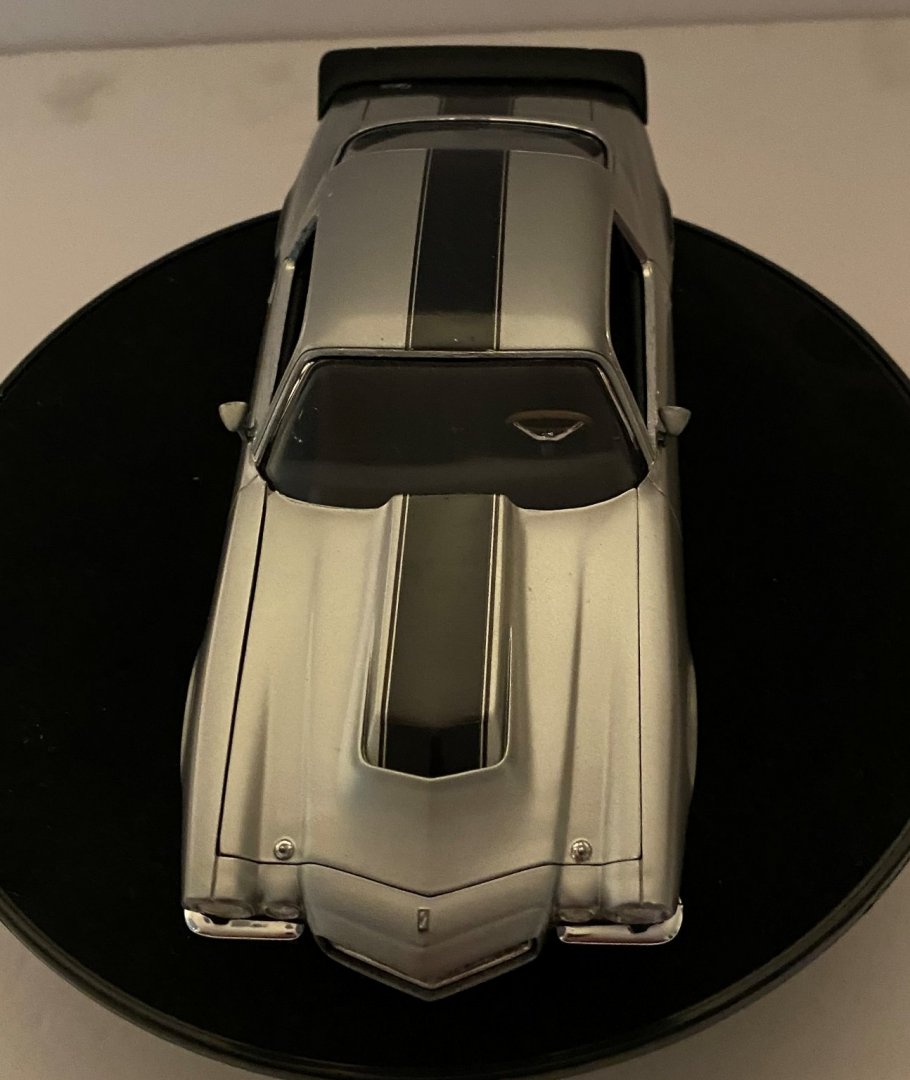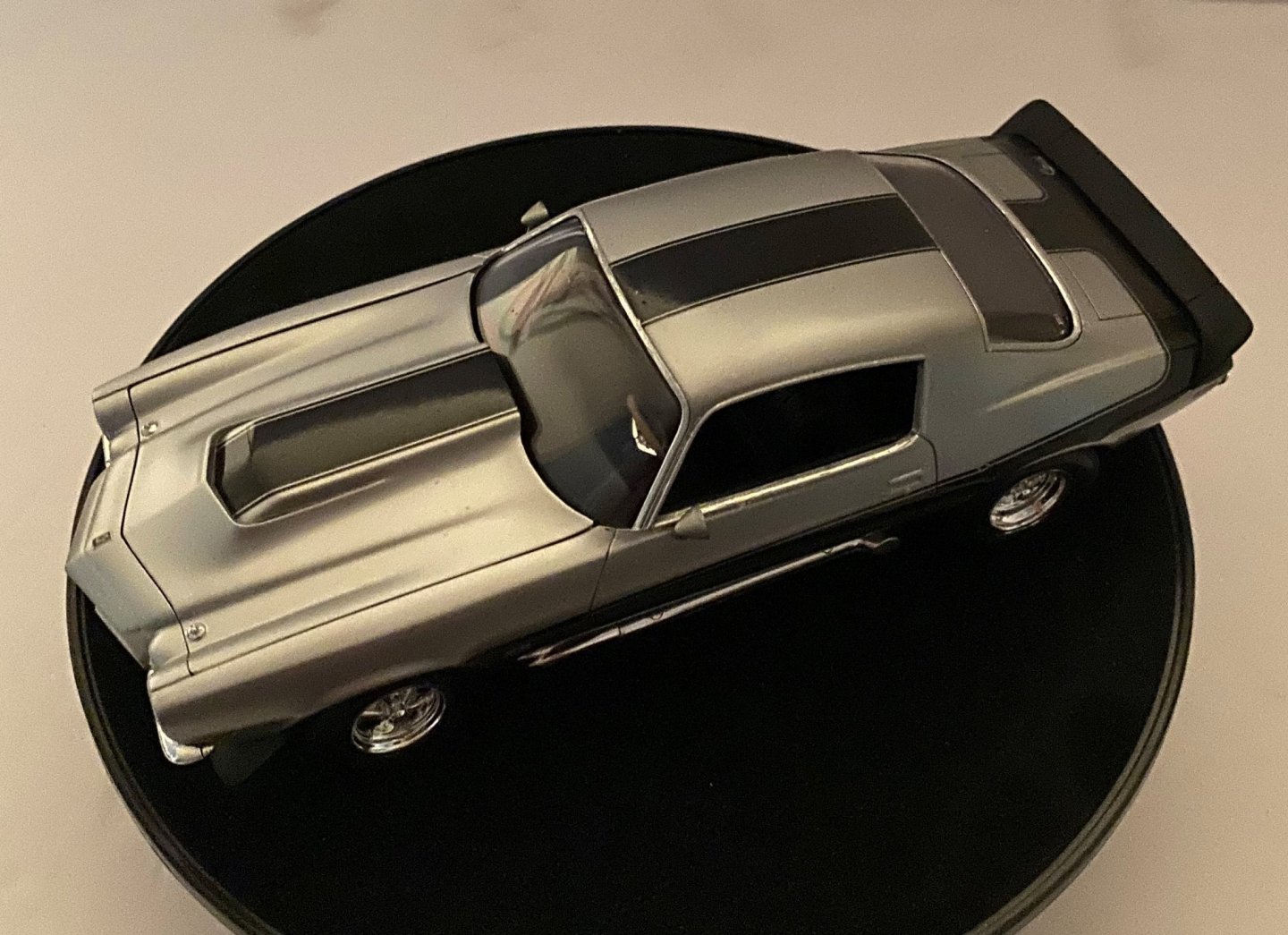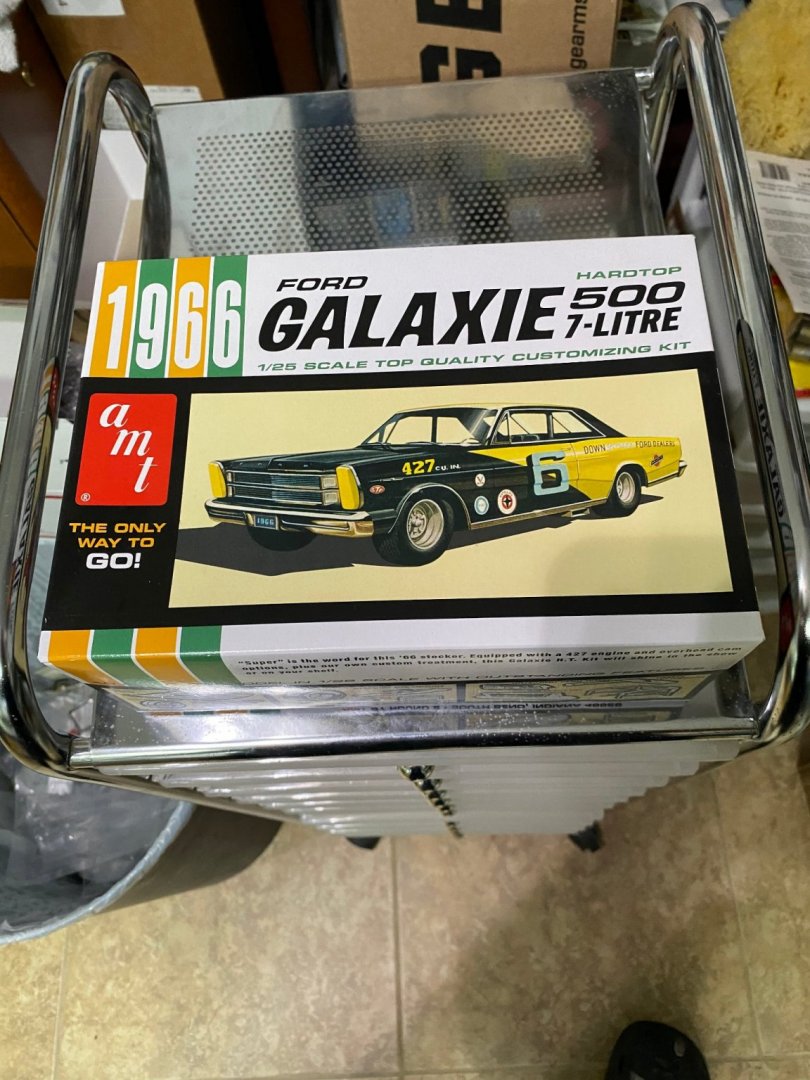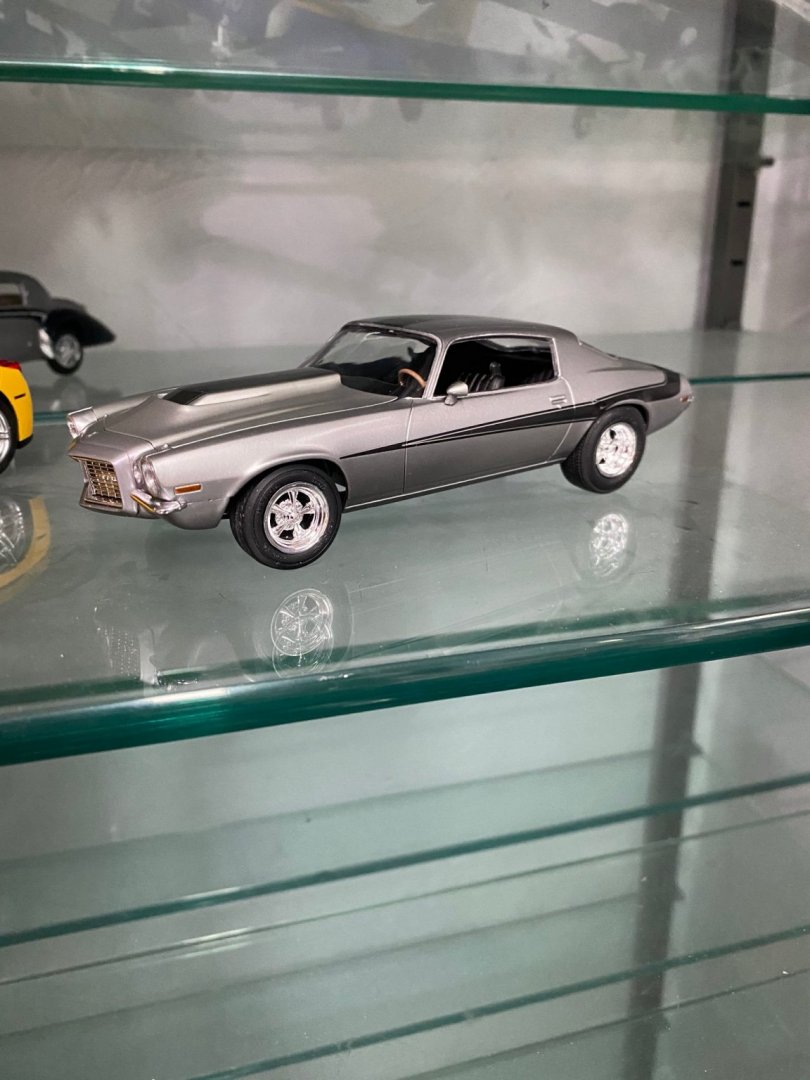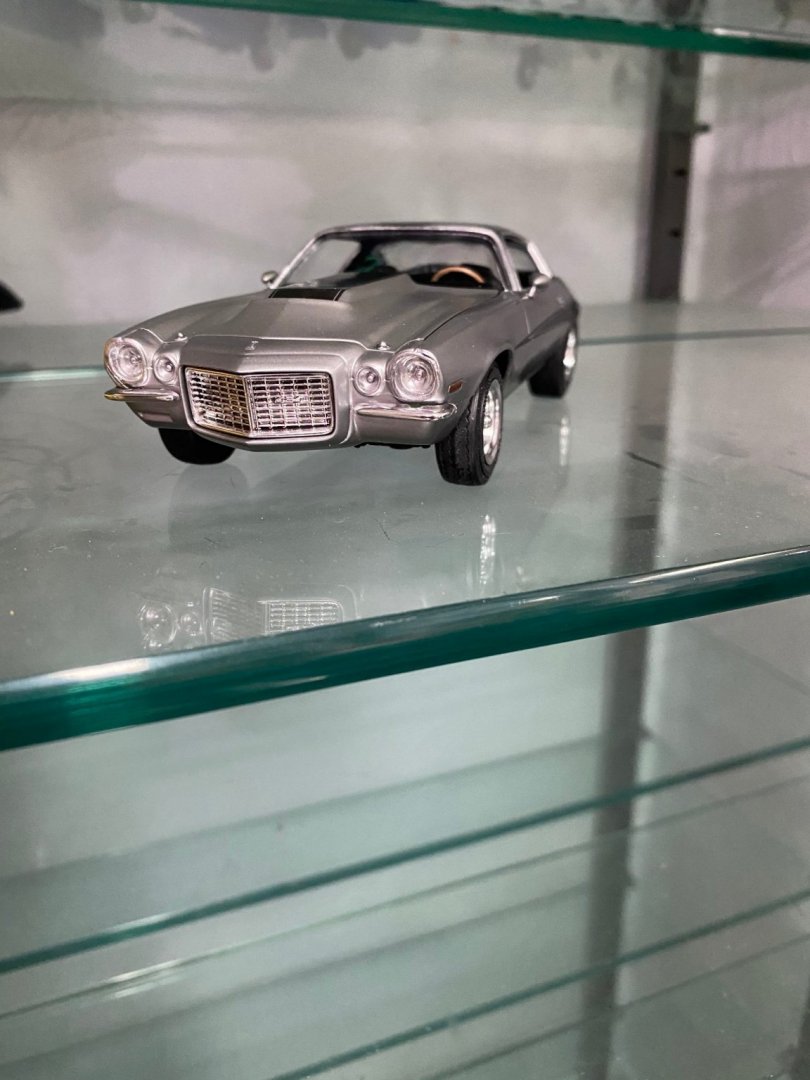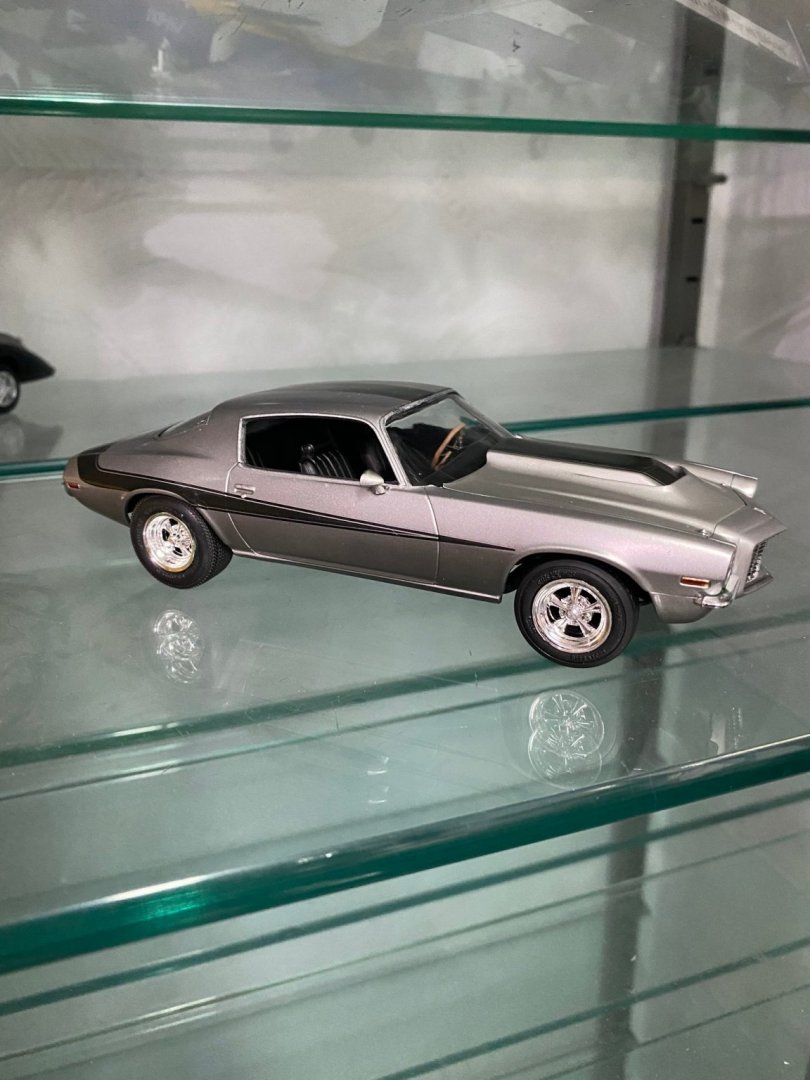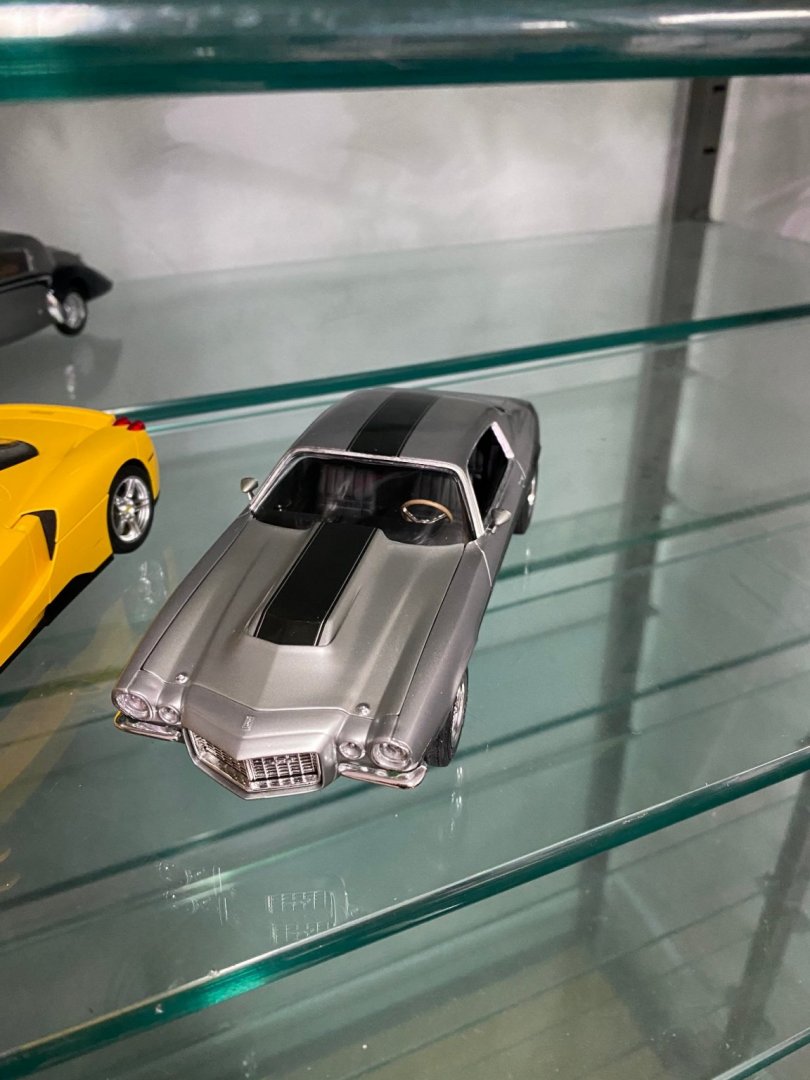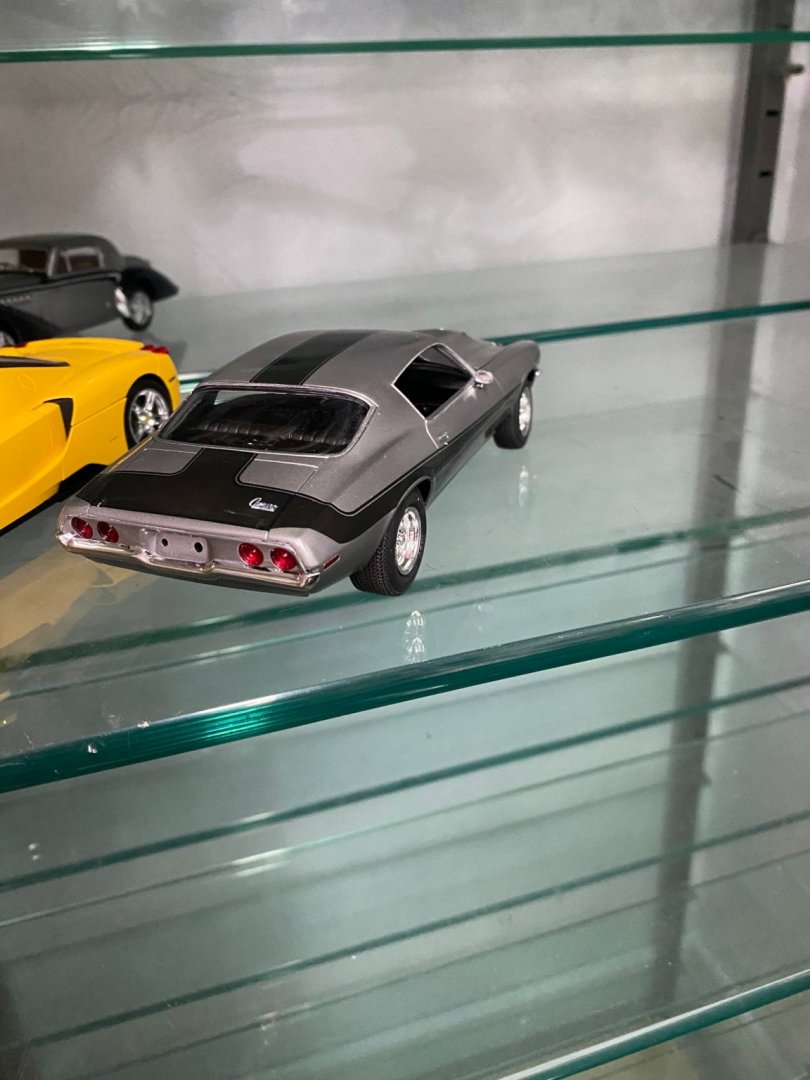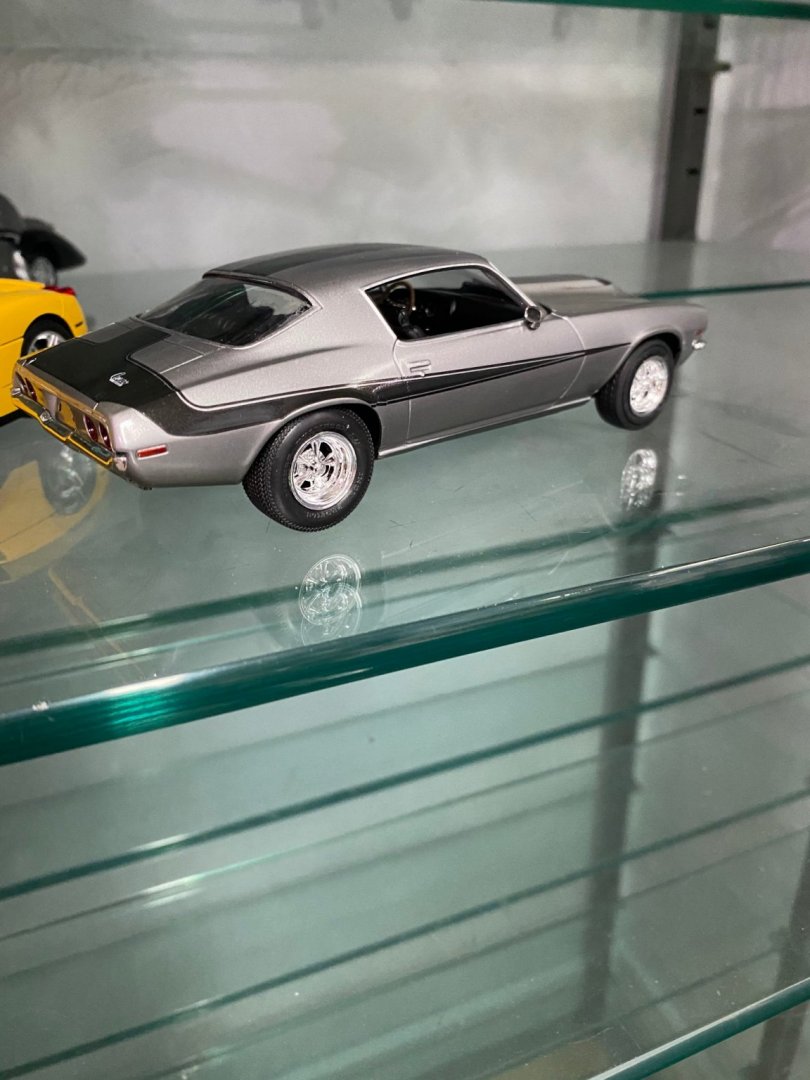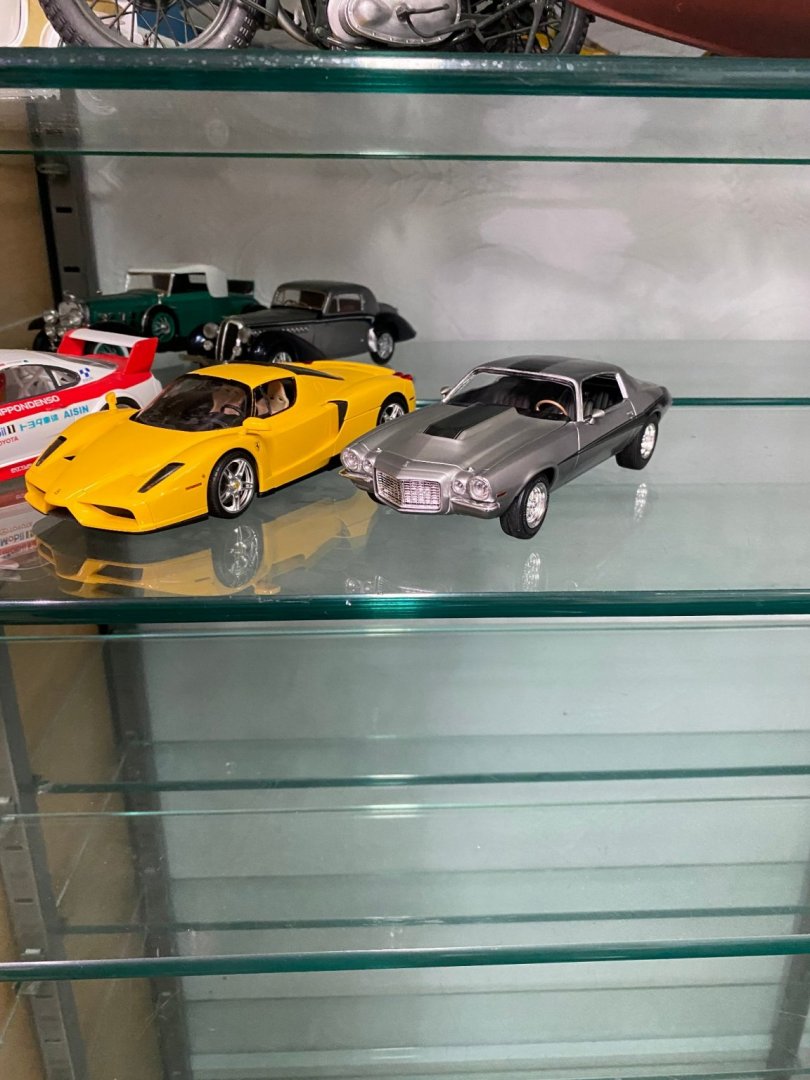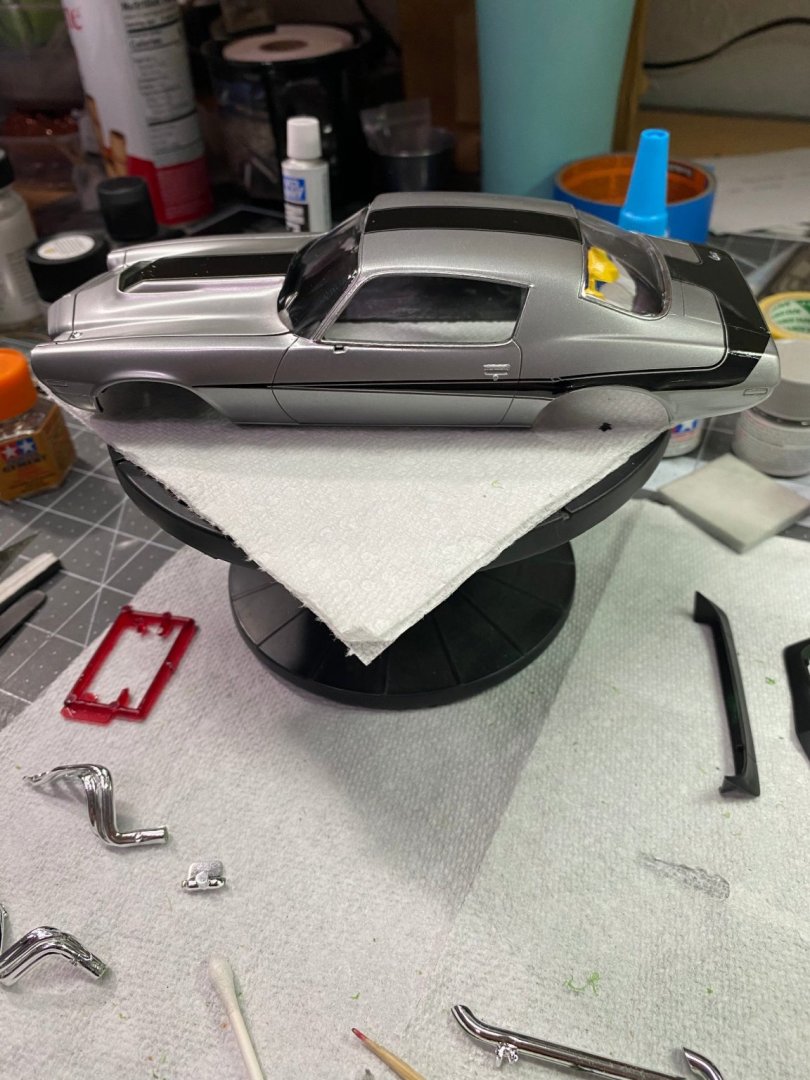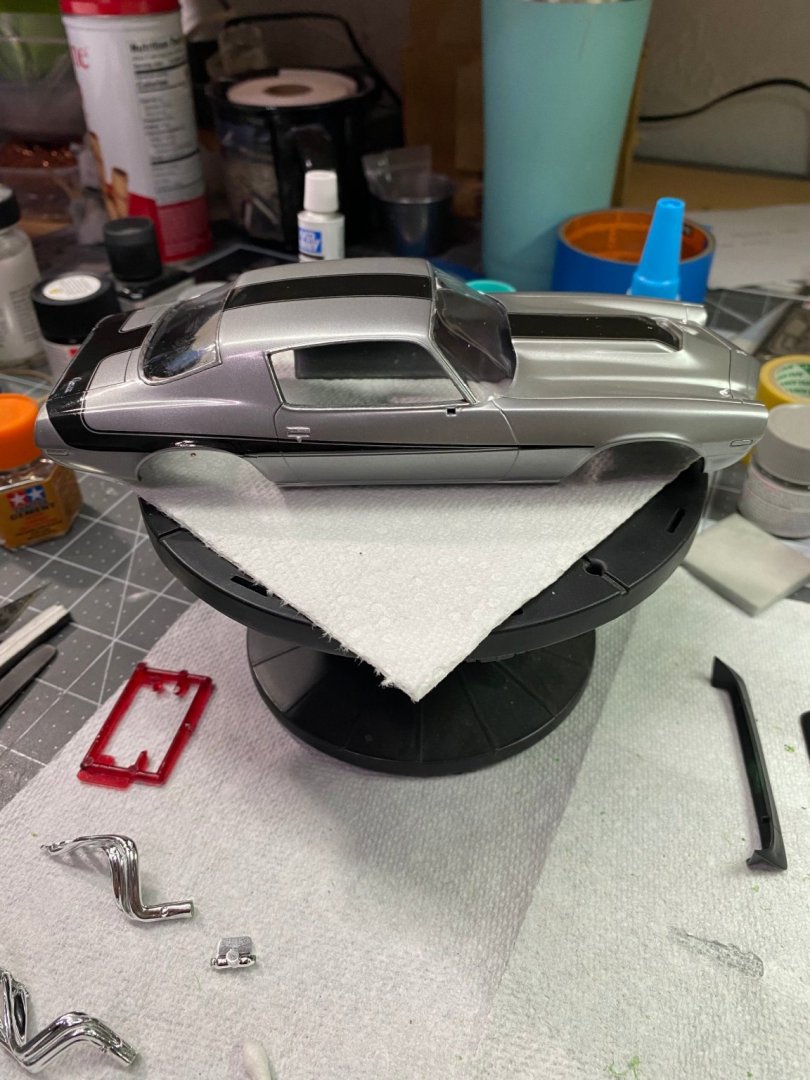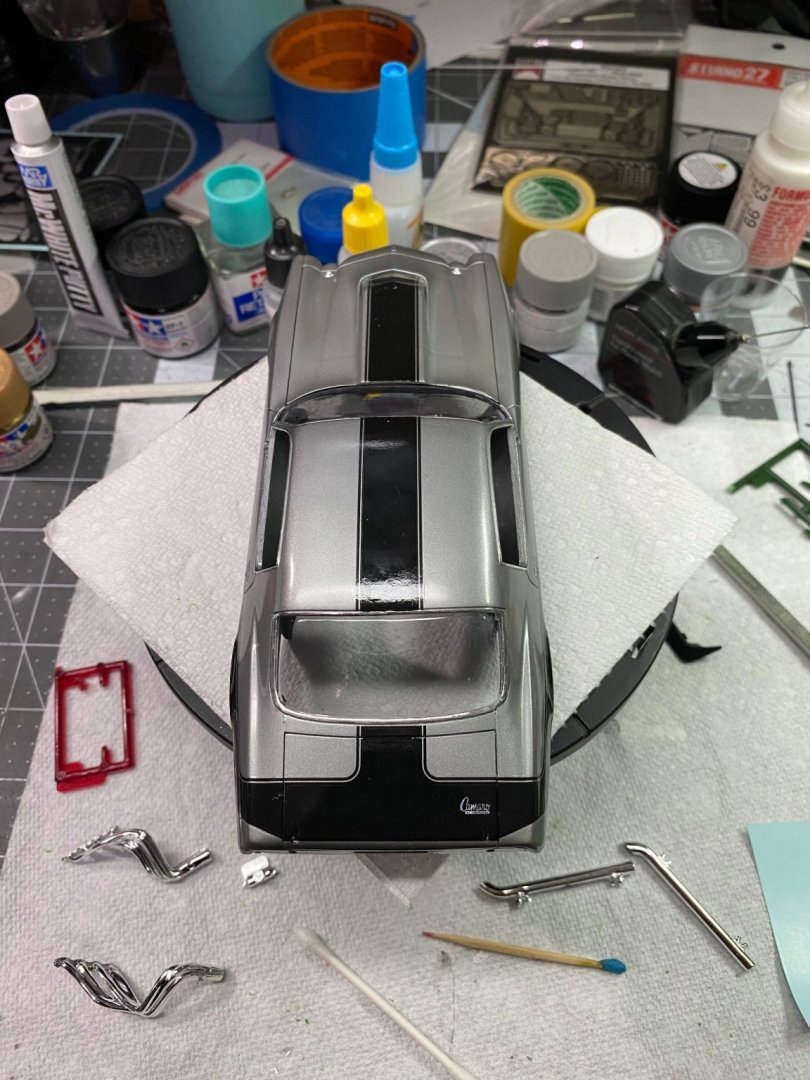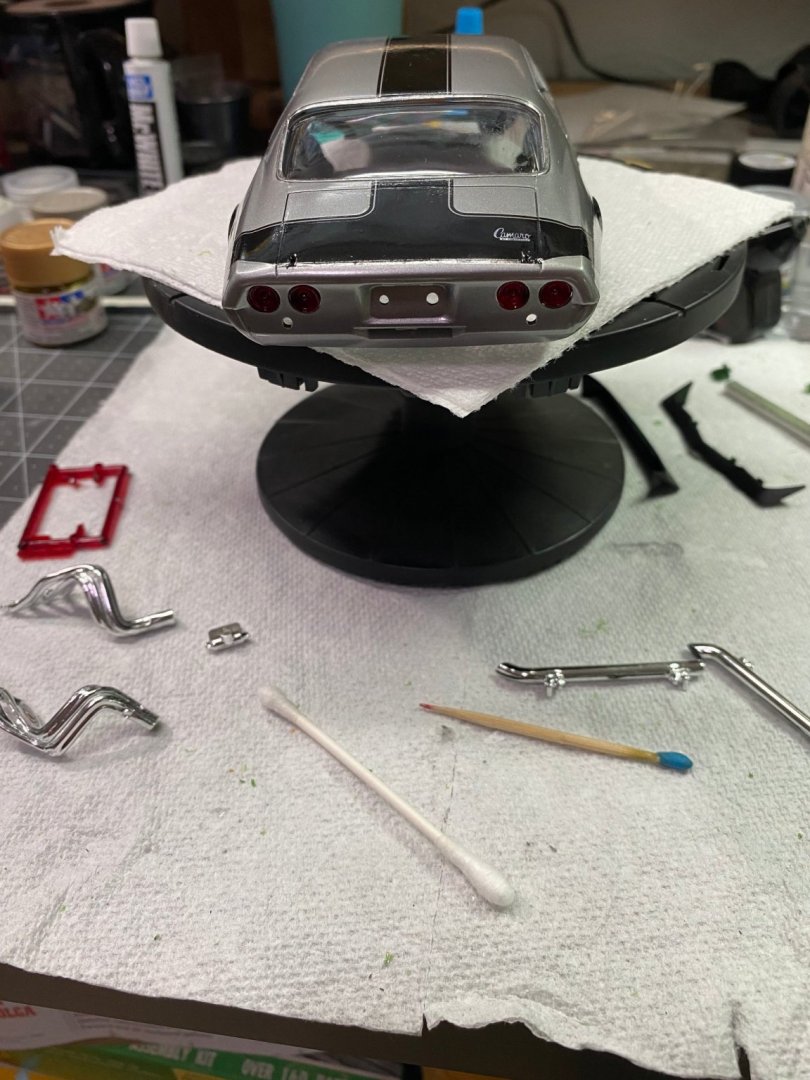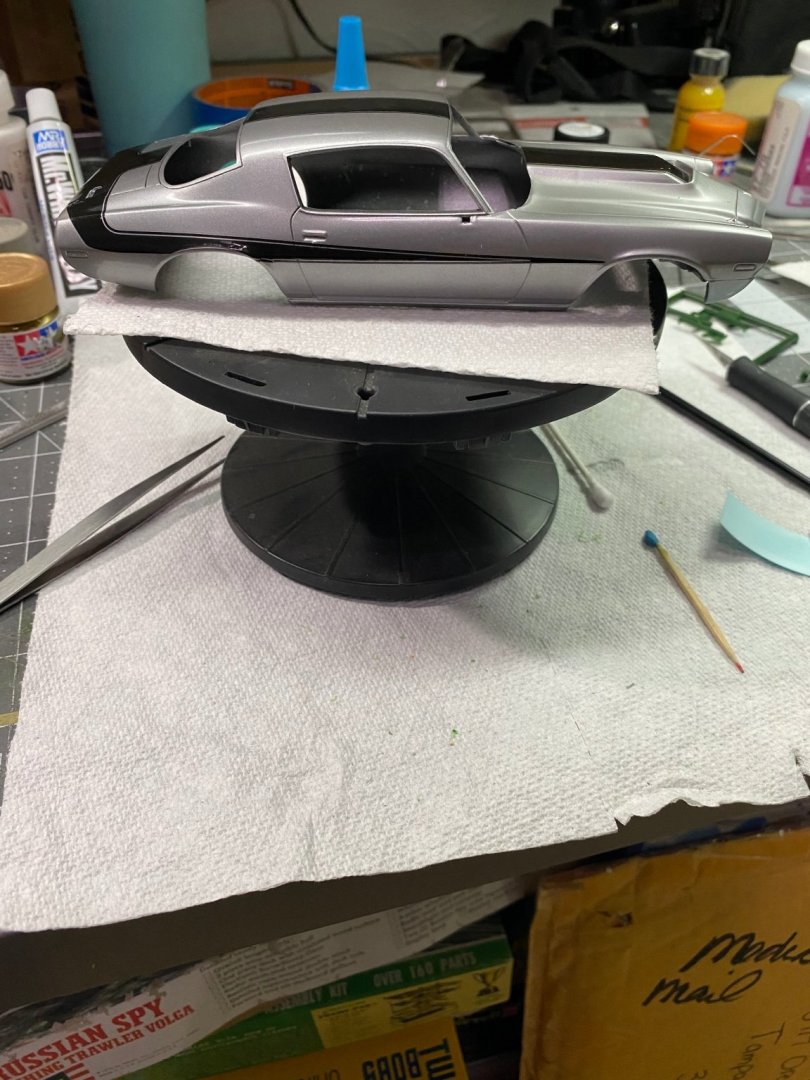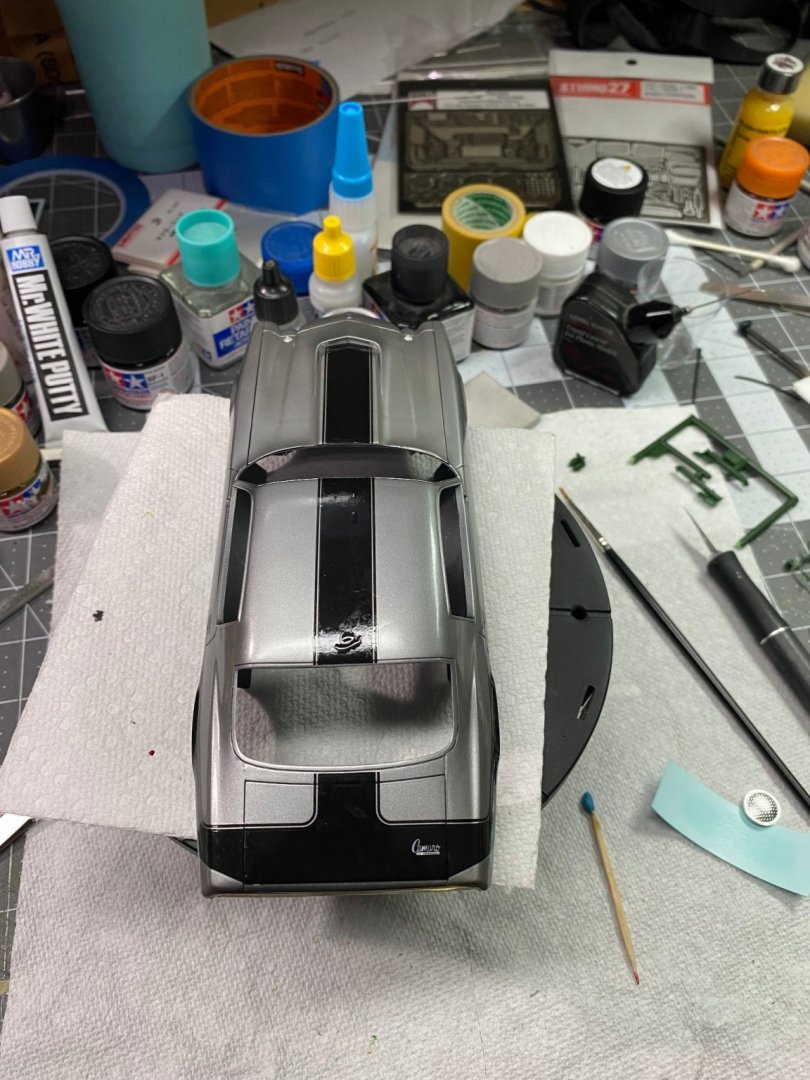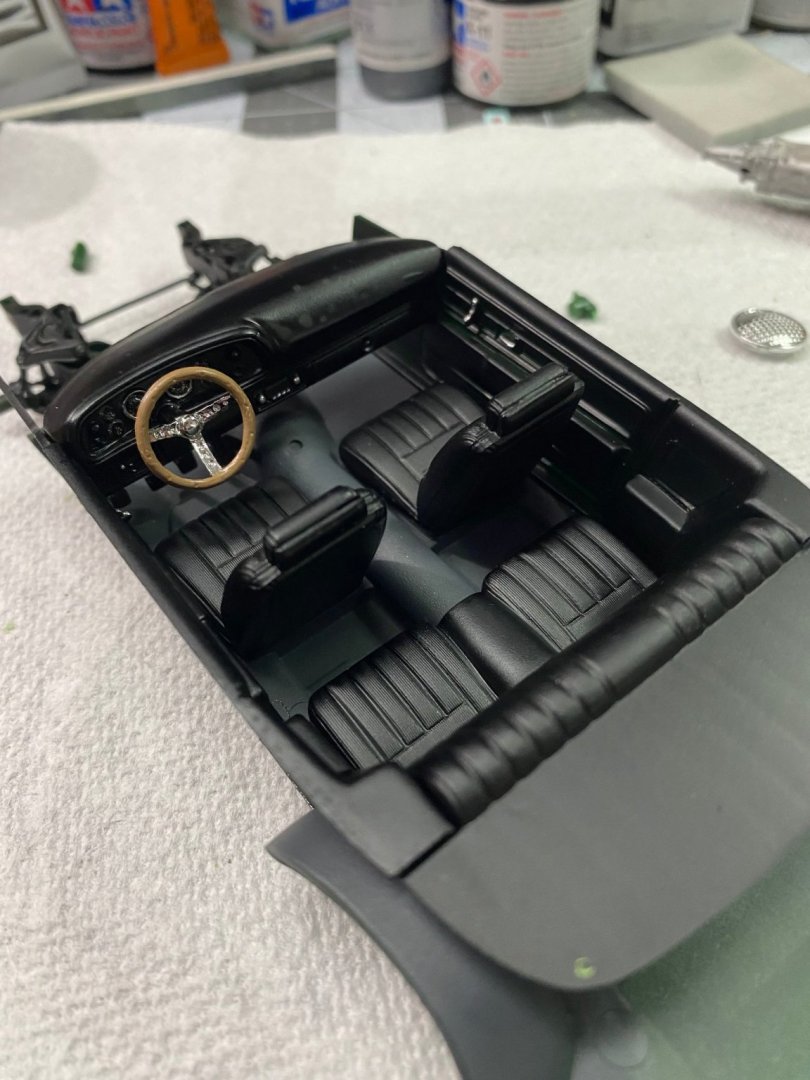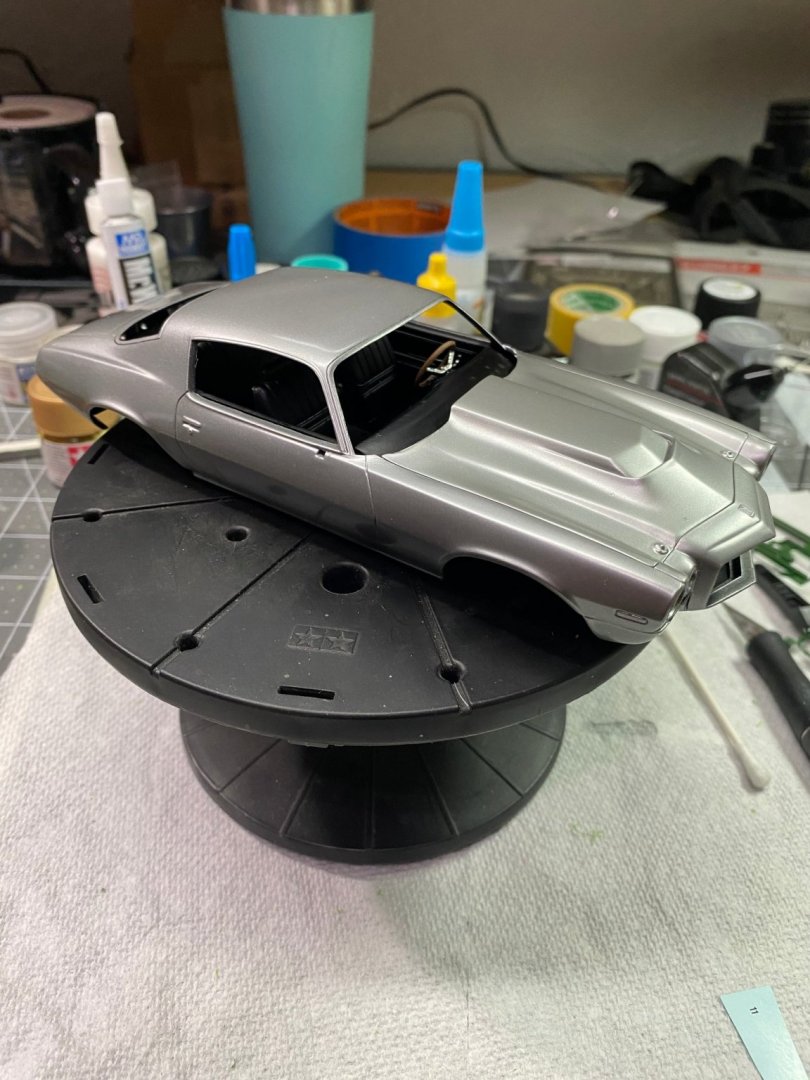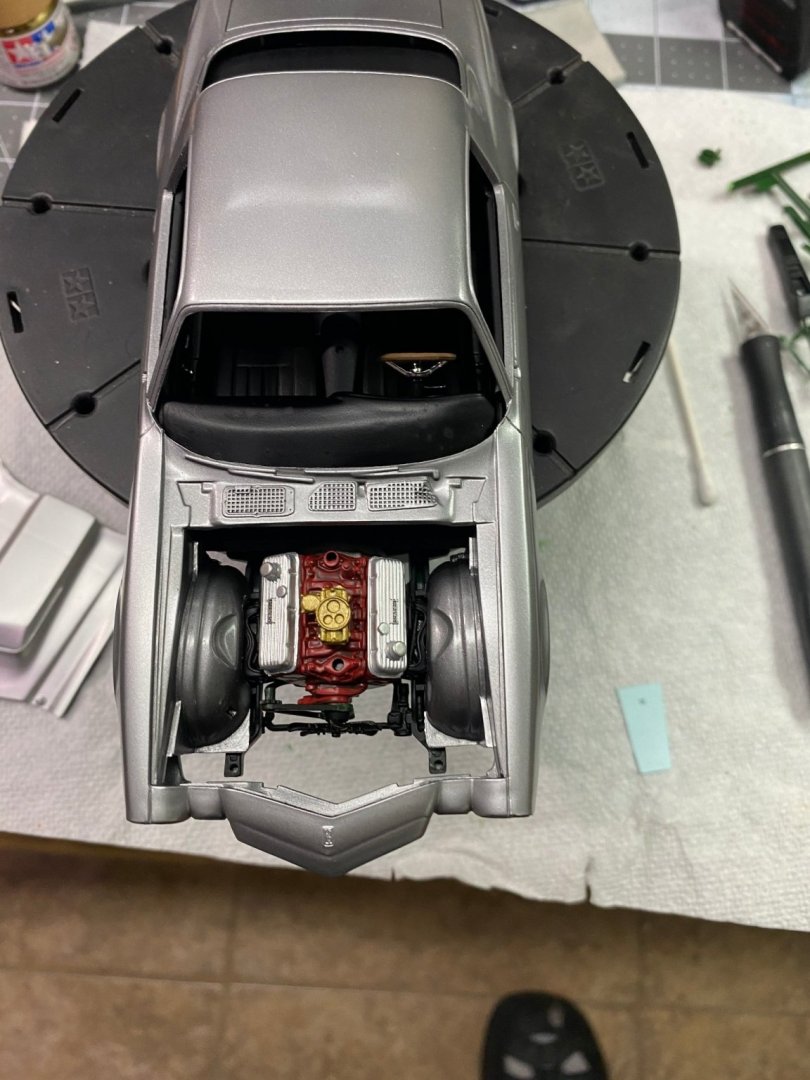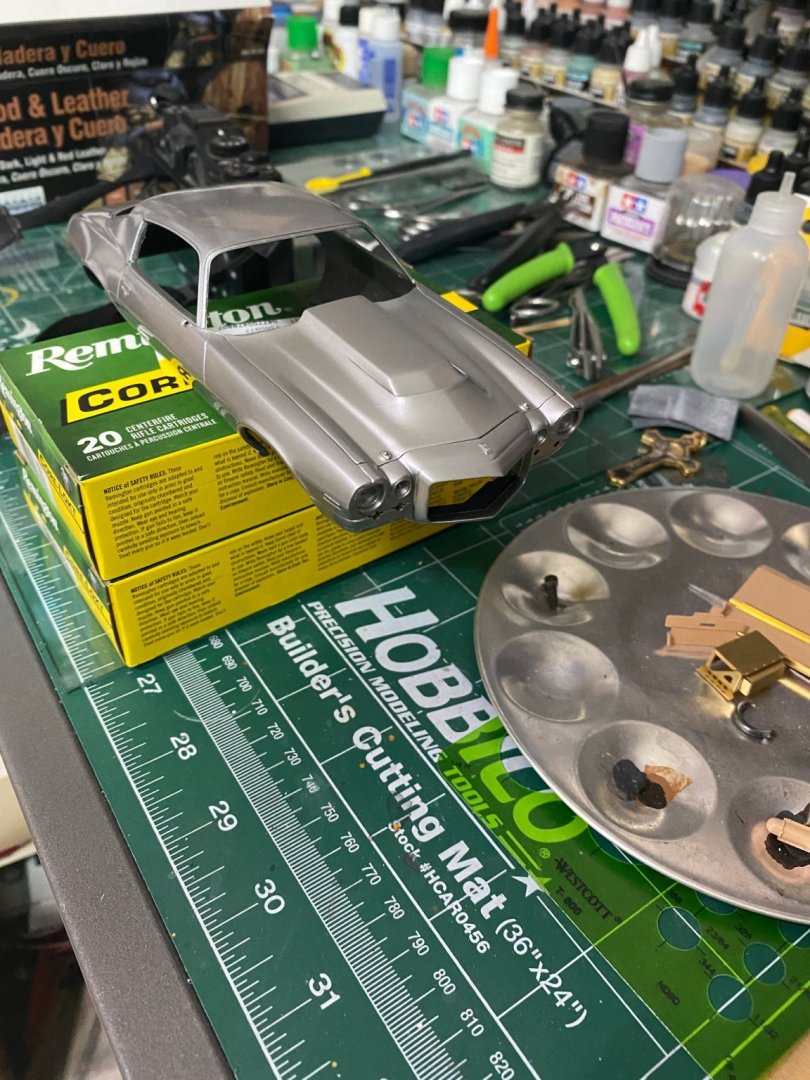-
Posts
7,736 -
Joined
-
Last visited
Content Type
Profiles
Forums
Gallery
Events
Everything posted by CDW
-
Last time I checked Paypal rules for sellers, the seller MUST get signature confirmation for any items/transaction sold that total $100 or more. If not, delivery confirmation alone is not enough to establish delivery to the customer and the customer can successfully recoup their cost on a contested transaction. Purchases less than $100 do not require signature confirmation. If signature confirmation is used, the carrier MUST take it to the door and get a signature. It's worth paying for signature confirmation even if you must pay for it yourself as the buyer. This idea of leaving a package beside your mailbox at the roadside is ridiculous and can easily result in a lost package.
-
Speaking of being at the mercy of the post office... Over a month ago I ordered several models from an individual up north. They quickly mailed out the kits and provided a tracking number. About a week later, the tracking indicated the package arrived at my zip code post office. That was early on a Friday morning, so I guessed they would probably deliver the package on the next day, Saturday. It didn't arrive Saturday, so I figured no problem, it will be here Monday or Tuesday. Monday and Tuesday came and went past, nothing. Another day went by and I checked the tracking again. This time it said the package was in transit. This same message went on for another few days, then next time it said the package was in New York. Huh? Then the package said in transit again while another few days went by. Next it said the package had arrived at my zip code post office again. A couple days go by with no package and when I looked again, it said the shipping label had insufficient information to deliver it to me and had been returned to the sender. Sigh. So I write the sender and advise them to be on the lookout for the returned package then we could retry with a fresh label. Several days go by and I check the tracking. Now it says the package was left at my mailbox on a specific day and time. It wasn't. I have a full time video surveillance camera system at my home so I go to the time and date they claimed they delivered it and it was not delivered. I later went to my zip code post office and spoke to the Postmaster to tell him the story about it along with the tracking number. He promised he would call me back the next day after he had a chance to speak with the mail carrier (a substitute who was filling in for my vacationing mail carrier). Three days have gone by and the post master has never called back as he promised. I suspect this one is going to be a total loss. I have no recourse with the seller as the post office indicates it was delivered. Sheesh.
-
Have done some basic things to start off the build sequence for this model...removed molded on chrome trim, sanded, primed, sanded, primed, sanded, painted, then sanded some more on the car body. The color scheme is quite simple, a white body with a red top. The headlight and tail light covers will also be red. The steel wheels will be black. The decal scheme will be for the Harvest Ford, #41, driven by Curtis Turner. The decal sheet is on order and I am at the mercy of the post office. They will hopefully arrive in another week. This is how I wire a distributor. Just drill out the distributor cap and super glue pre-colored wiring in place. Here is the massive Ford 427 cubic inch single overhead cam racing engine. A huge black air filter/breather will sit on top of the manifold/carburetor. That's all for now.
-
Since Ryland mentioned the Woods Brothers, I wanted to mention my favorite race of all time was one where David Pearson ran 2nd place in the Woods Brothers Mercury behind a Mopar, can't recall now if it was Richard Petty or someone else. On the final lap of the 400 mile race, Pearson slingshot past the lead car in the 2nd turn to win. It was just incredibly exciting and skillful driving by Pearson. As the cars blazed down the straightaway in front of the grandstands, the high pitch scream of the engines could be heard, Chevrolet (GM), Mopar being high pitched. But the Ford engines were long strokers who had a very distinctive sound. Lower pitched, lower RPM's and much more throaty sounding. Loved it! David Pearson was one of my all time favorite drivers, but Richard Petty was awesome as well.
-
The Firecracker 400 races always required lots of drinking water to keep from dehydrating in the July sun, and lots of suntan lotion. Back then, it was no problem to bring in coolers with your own drinks. NASCAR races were awesome! My Dad took me to lots of local races as well, asphalt tracks and dirt tracks. Interestingly, that led to to love drag racing as well, but my Dad was never a fan of that. Back around the same '60's era, my Dad and older brothers bought a racing go kart that we campaigned locally until my Mom realized how dangerous it was and cut our water off. That little twin engine go kart (Dart Kart) would do well over 100 mph in a straightaway. Twin Westbend racing engines. Light as a feather.
-
Some of the favorite memories of my youth was attending the annual Daytona Firecracker 400 races with my parents, family, and friends each July 4th at the super speedway at Daytona Beach, Florida. The whole sight, sounds, smells, and feeling deep in the pit of your stomach as the powerful engines roared past the grandstands was exciting beyond belief. Watching these similar races today on television does not do justice to replacing the experience of being there in person. Even though 1966 was almost 55 years ago, these cars were incredibly fast back then, easily topping speeds of well over 200 MPH as they charged down the long straightaways. Those images will always be in my mind. This particular model is very similar to the ones campaigned by some very famous drivers, but the decals that come with the kit are generic in nature, not actual. Tiny Lund raced in car number 24 in 1966 to an 8th place finish. I may order the decals for this car but have not decided for sure yet.
-
I need another day, more or less, to finish this project. It's getting real close to finished now. Needs the rear and front spoilers added, various engine compartment details, side exhaust pipes and headers, various water-slide emblems and badges that go on the body and under the hood. I have a set of traction bars that came with the kit, but am going to leave those off, saving them for another, future Camaro project to help replicate Grumpy Bill Jenkin's 1970 Pro Stock Camaro drag car. Whereas this is a split front bumper model, Bill Jenkin's 1970 Camaro was a full bumper version.
-
Waiting for the decal solvent to do it's thing. The decal sheet comes with the various placards and emblems to add a nice touch. Decals are not up to Tamiya quality, but for the small cost of kits like this, they are not too bad. Although the long accent stripes down both sides of the car split in multiple pieces before I even tried to slide them from the backing paper. Will have to touch up a few places with black paint but that won't be hard to do.
-

Enzo Ferrari by CDW - FINISHED - Tamiya 1:24 Scale
CDW replied to CDW's topic in Non-ship/categorised builds
I am very familiar with hurricanes, gators, and sinkholes. Learned to live with that from five generations of grandparents who came before me. Earthquakes, wild fires, and landslides, not so much. 🙂
About us
Modelshipworld - Advancing Ship Modeling through Research
SSL Secured
Your security is important for us so this Website is SSL-Secured
NRG Mailing Address
Nautical Research Guild
237 South Lincoln Street
Westmont IL, 60559-1917
Model Ship World ® and the MSW logo are Registered Trademarks, and belong to the Nautical Research Guild (United States Patent and Trademark Office: No. 6,929,264 & No. 6,929,274, registered Dec. 20, 2022)
Helpful Links
About the NRG
If you enjoy building ship models that are historically accurate as well as beautiful, then The Nautical Research Guild (NRG) is just right for you.
The Guild is a non-profit educational organization whose mission is to “Advance Ship Modeling Through Research”. We provide support to our members in their efforts to raise the quality of their model ships.
The Nautical Research Guild has published our world-renowned quarterly magazine, The Nautical Research Journal, since 1955. The pages of the Journal are full of articles by accomplished ship modelers who show you how they create those exquisite details on their models, and by maritime historians who show you the correct details to build. The Journal is available in both print and digital editions. Go to the NRG web site (www.thenrg.org) to download a complimentary digital copy of the Journal. The NRG also publishes plan sets, books and compilations of back issues of the Journal and the former Ships in Scale and Model Ship Builder magazines.

.jpg.7e80607770d9078b2f0b470e8c9c33ac.jpg)


